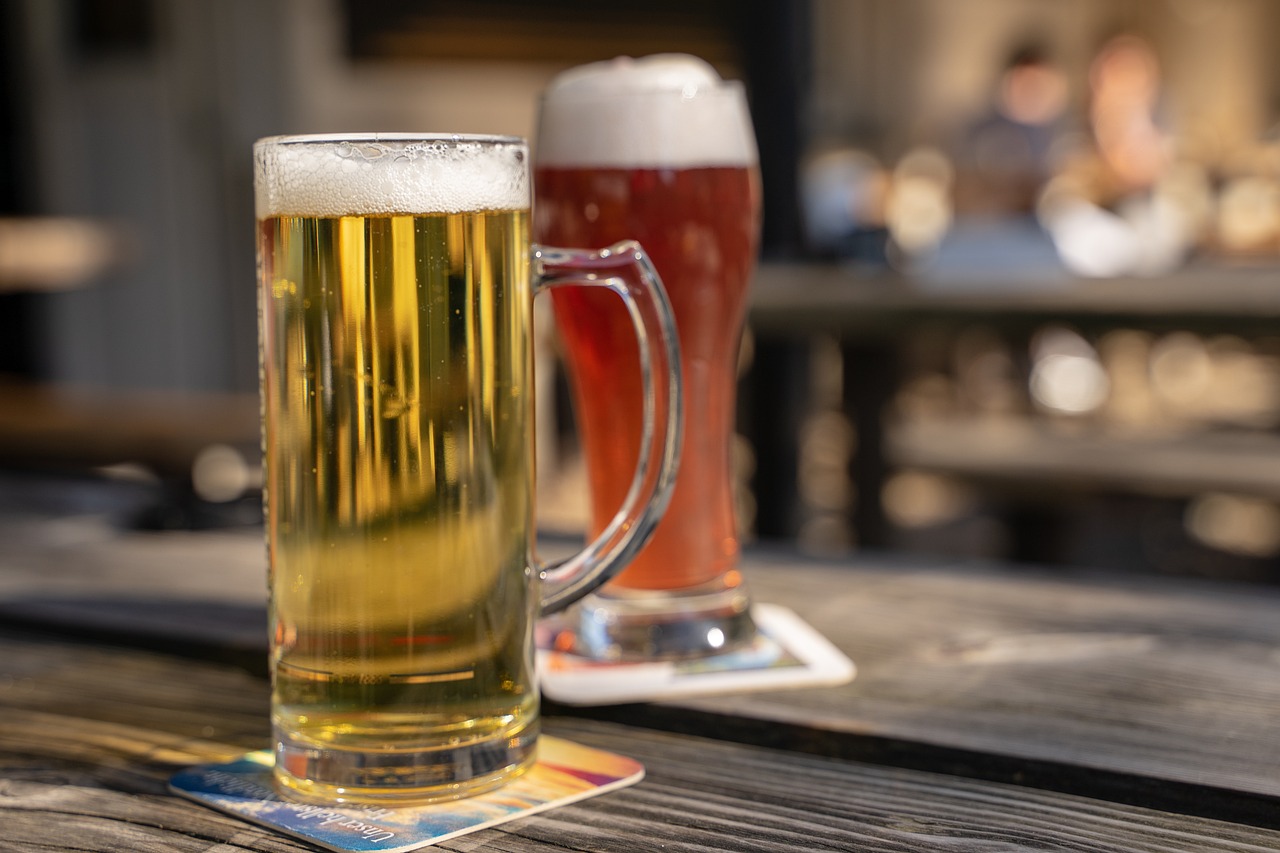Whether someone reaches for a glass of red wine every day or drinks themselves into a stupor with schnapps at the weekend also depends on where they live. The use of different types of alcohol is, in fact, so deeply rooted in the culture that, according to a new study on drinking habits in Europe, it hardly changes in a country over a period of 20 years.
The analysis of data from the World Health Organization (WHO) published in the specialist journal “Addiction” also clearly shows how dangerous drinking alcohol is: In each of the countries examined – in addition to the countries of the European Union, Iceland, Norway, and Ukraine – numerous deaths and years of life lost were linked to alcohol. The tables are headed by Ukraine, followed by Lithuania, Latvia, and Estonia in various orders.
According to the study, alcohol is particularly harmful in countries in Eastern Europe, where spirits are frequently consumed. This is much less true for countries in Southern and Western Europe, which are characterized by wine consumption. Co-author Jürgen Rehm, who conducts research in Toronto, Canada, and at the University Medical Center Hamburg-Eppendorf, among other places, warns against the fallacy that wine is good and spirits are bad.
Alcohol is still alcohol
“Ten grams of alcohol is basically ten grams of alcohol, regardless of whether someone drinks it as schnapps, wine or beer,” says Rehm. The main reason for the large differences is the different life expectancies in European countries. “The alcohol-related damage is based on the general mortality rate. This means that one liter of pure alcohol in different situations leads to different damage.”
For example, alcohol is an important factor in tuberculosis deaths, as alcohol damages both the innate and the acquired immune systems. However, in a country like Germany, tuberculosis hardly plays a role. Rehm concludes: “If the living conditions in the countries studied were much more similar, then the numbers of alcohol-related deaths would also be much more similar.”
The total amount of pure alcohol is similar
In total, the research team identified six different types of drinking habits in Europe. The total amount of pure alcohol in the groups did not differ that much: it ranged from 9.2 liters in the mainly wine-drinking southern European countries such as France, Italy, and Greece to 12.0 liters in the eastern European countries such as Estonia, Latvia, and Lithuania, where both high-proof and other alcoholic beverages are consumed.
According to the study, Austria is one of the Central and Western European countries that are defined by heavy beer drinking and comparatively low consumption of spirits. There are also countries with a lot of beer, a lot of spirits, and frequent binge drinking, including Croatia, the Czech Republic, and Poland. In the countries in the fifth category, there are many anti-alcoholics, but also a lot of high-proof spirits, including Ukraine and Bulgaria. Finally, the study lists a group in which a particularly large number of people drink alcohol, often to the point of intoxication: Finland, Iceland, and Ireland.
Changes still possible
The international research team writes that these groups of countries were largely stable in the years 2000, 2010, 2015, and 2019. “Europe continues to be a region with distinct drinking habits that appear to be deeply rooted in the culture and are therefore difficult to change.”
However, one thing was striking: In 2000, there had been an additional group in which relatively little alcohol was drunk – and which later disappeared again. Four of these countries – Norway, Poland, Iceland, and Sweden – had the strictest alcohol restrictions at the time, according to an analysis by the Organization for Economic Cooperation and Development. Between 2000 and 2010, all four countries relaxed their restrictions.
As drinking habits are still strongly linked to the burden of disease and mortality, the authors conclude that ways should be found to change learned patterns. “Alcohol policies for this change are available and should be considered by all European countries.”
- source: red, science.ORF.at/Agencies/picture: Bild von Thorsten Frenzel auf Pixabay
This post has already been read 2614 times!



